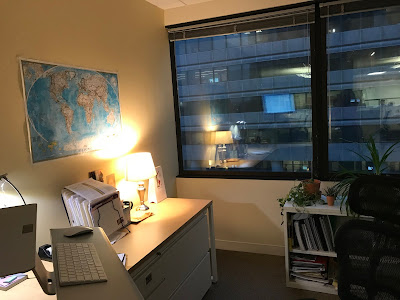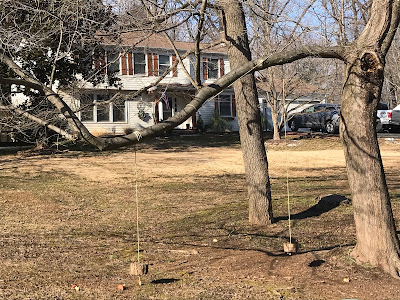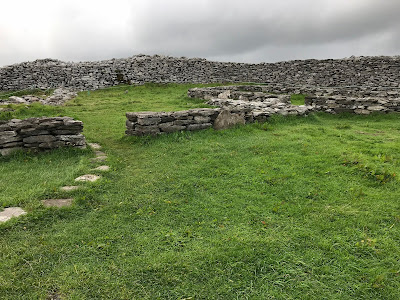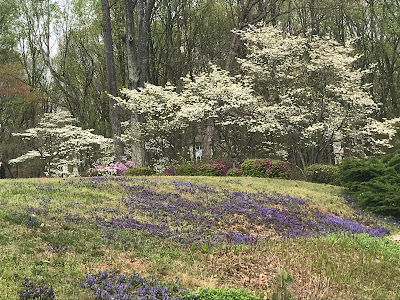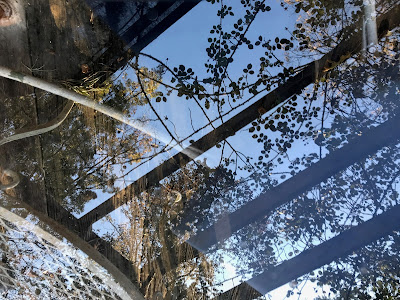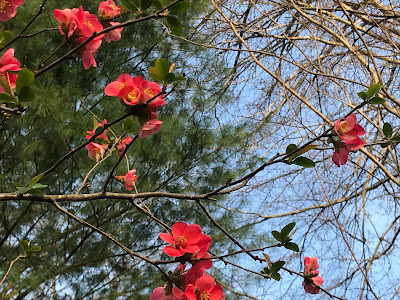Exploring Efficiency
As the days of full-time employment wind down for me, I’m thinking about efficiency, how it has ruled my life for as long as I can remember.
Efficiency has always seemed an essential. I don’t know how people tackle life without it. But it has downsides, starting with how it stunts creativity.
How does the mind roam free when the ticking clock of duties runs persistently in the background? Are there certain places and postures that help to dispel efficiency? Can one simply shut it off once it’s no longer needed, or is one stuck with it?
I will be exploring these questions at length … starting May 1.
(My old office, where I was usually efficient.)
